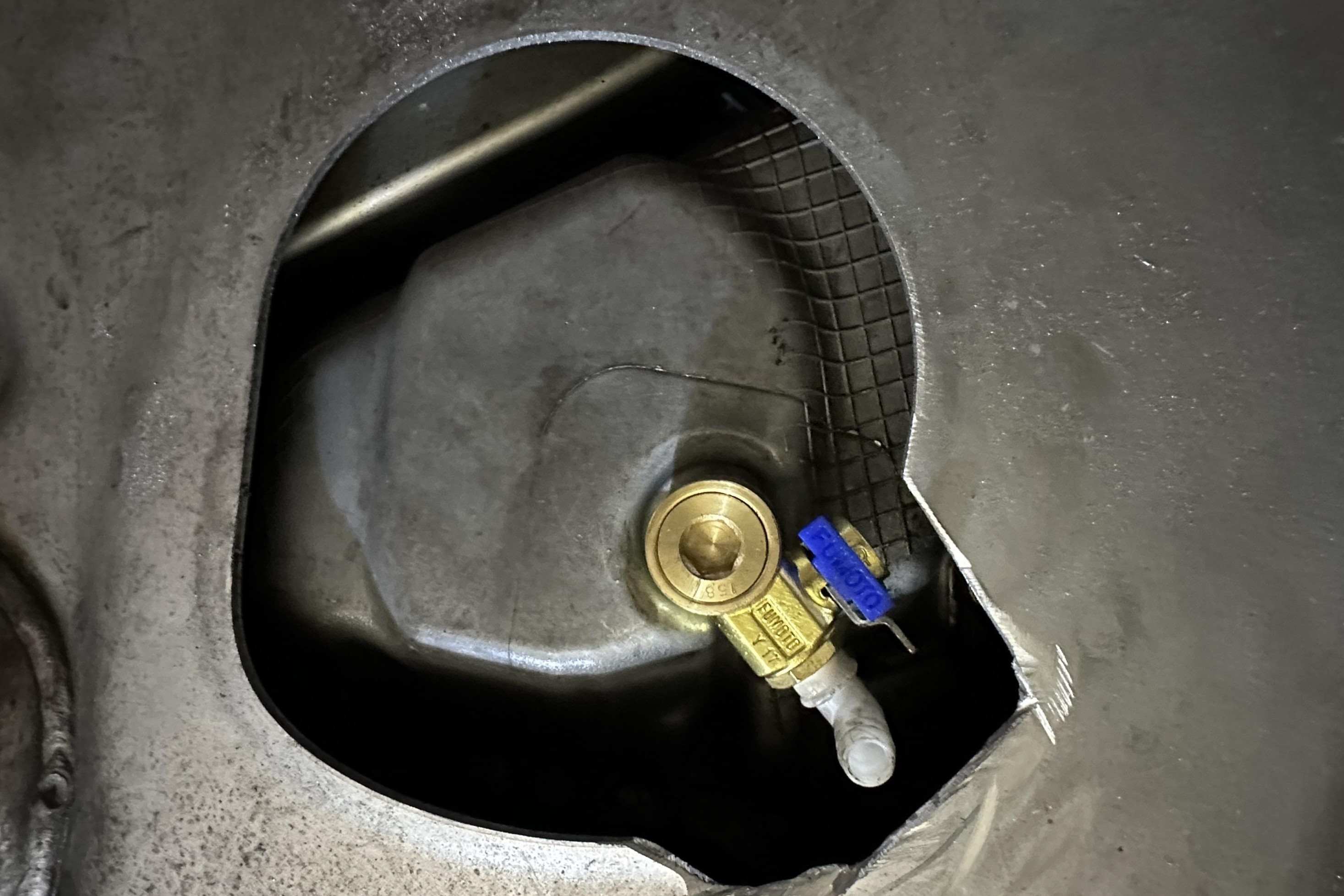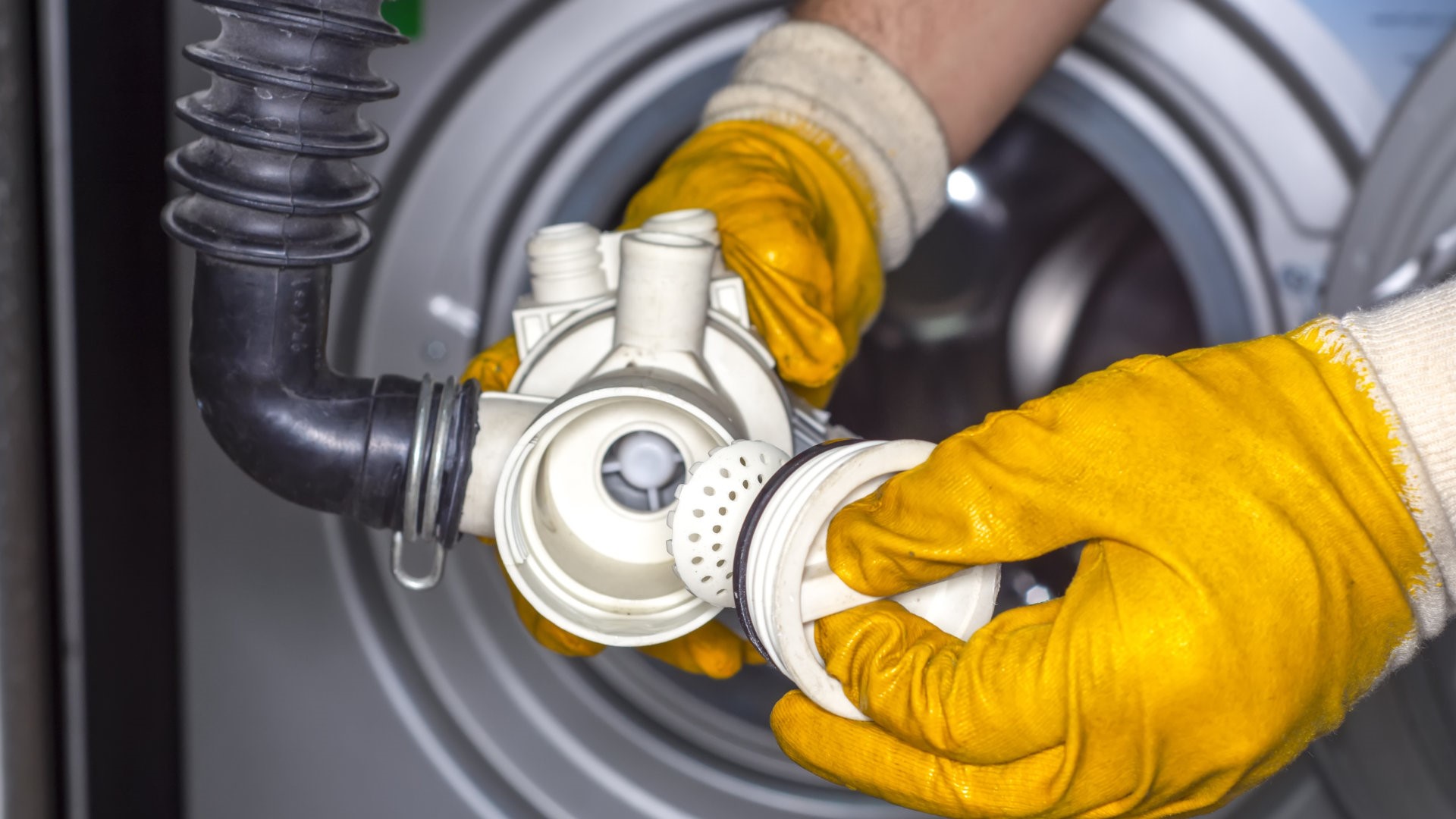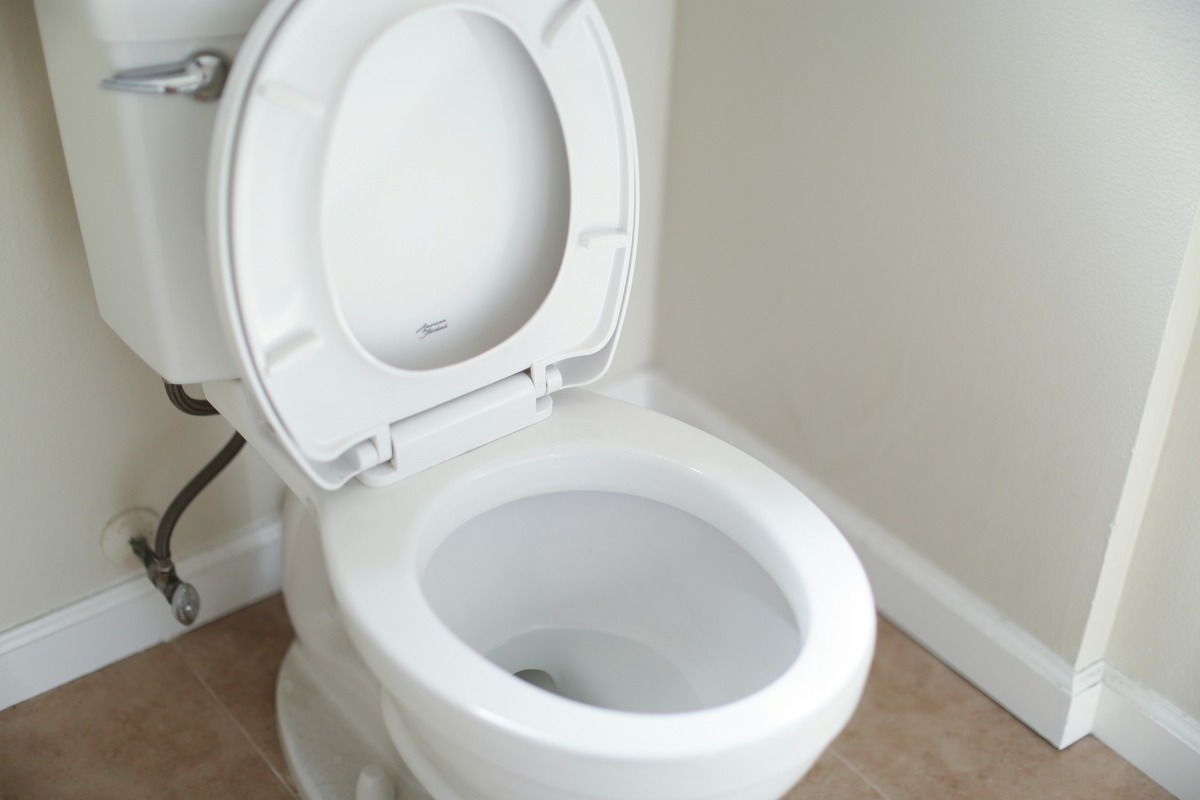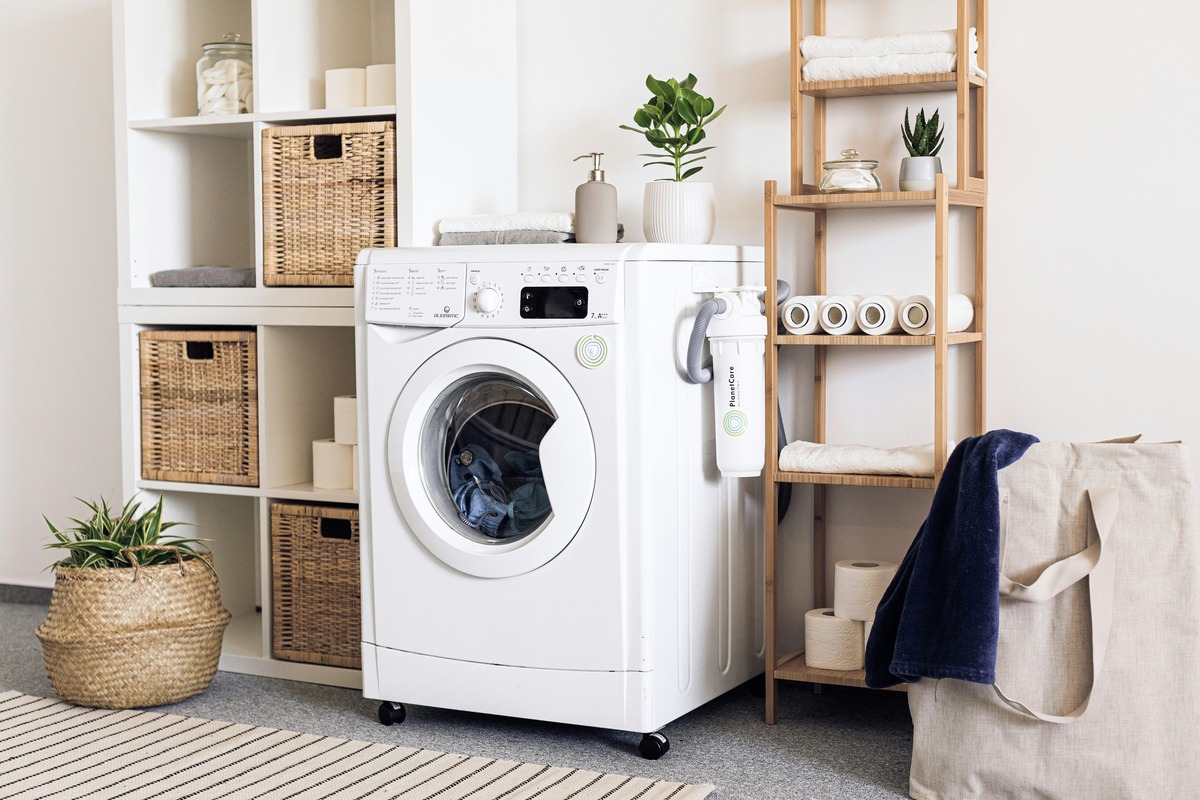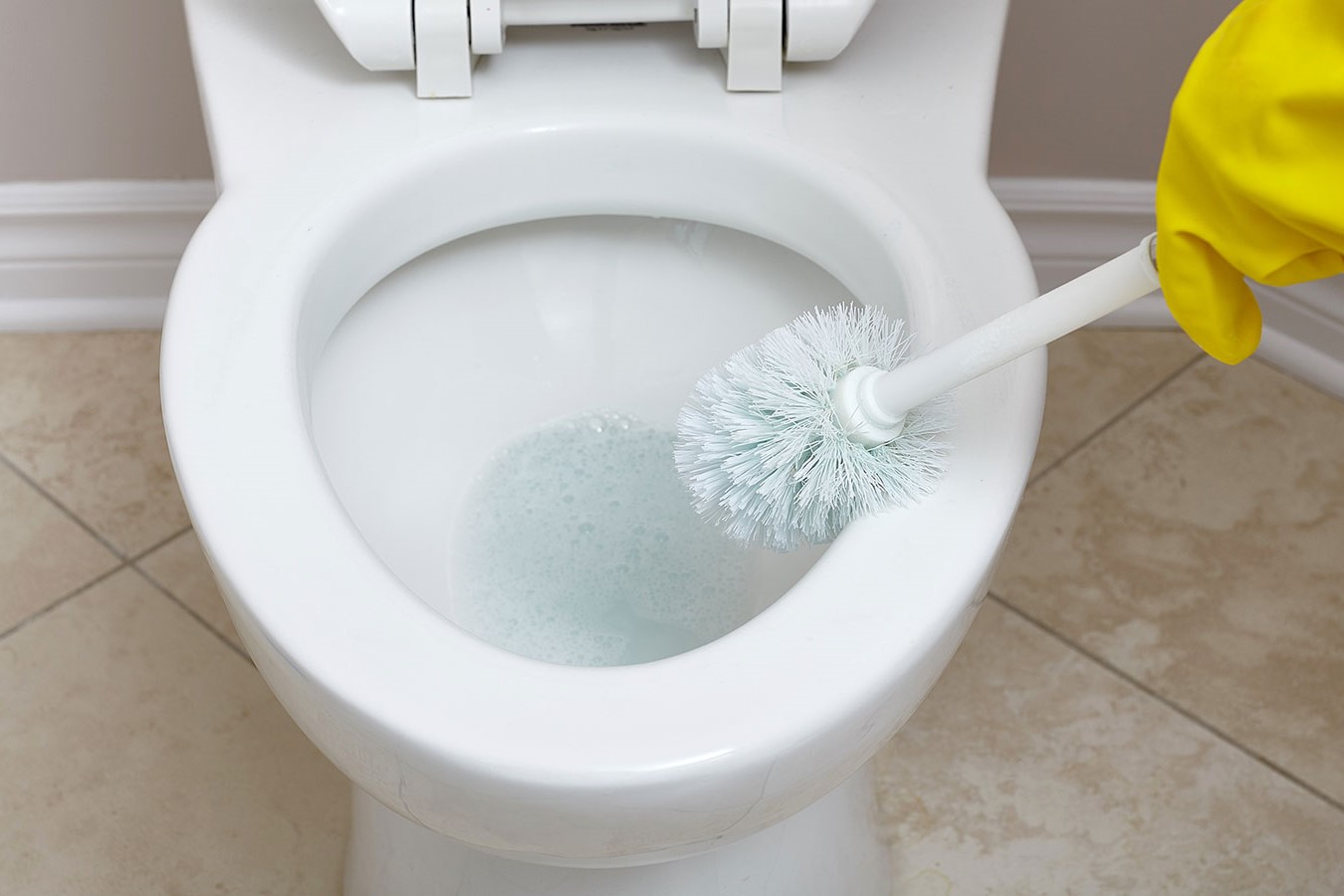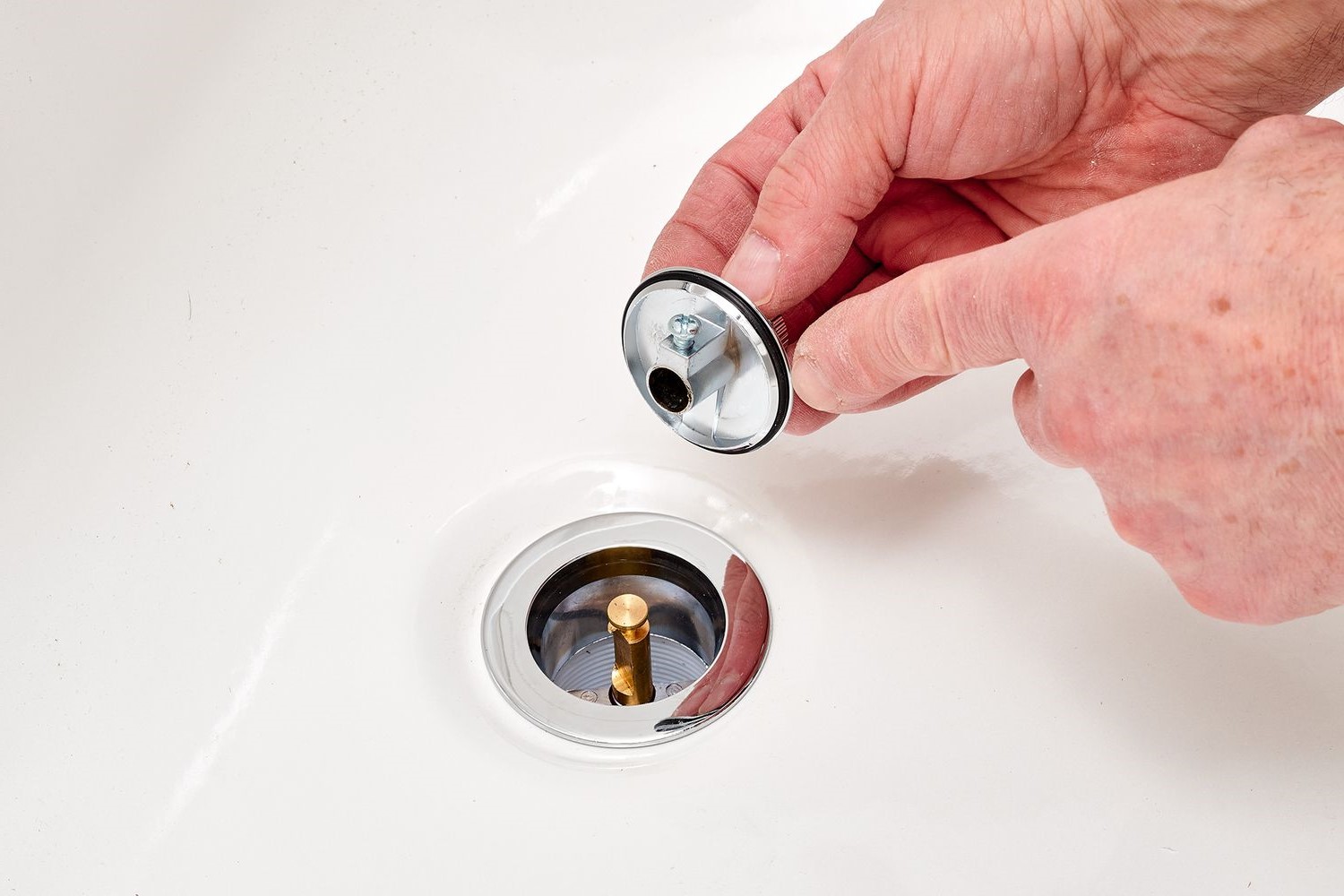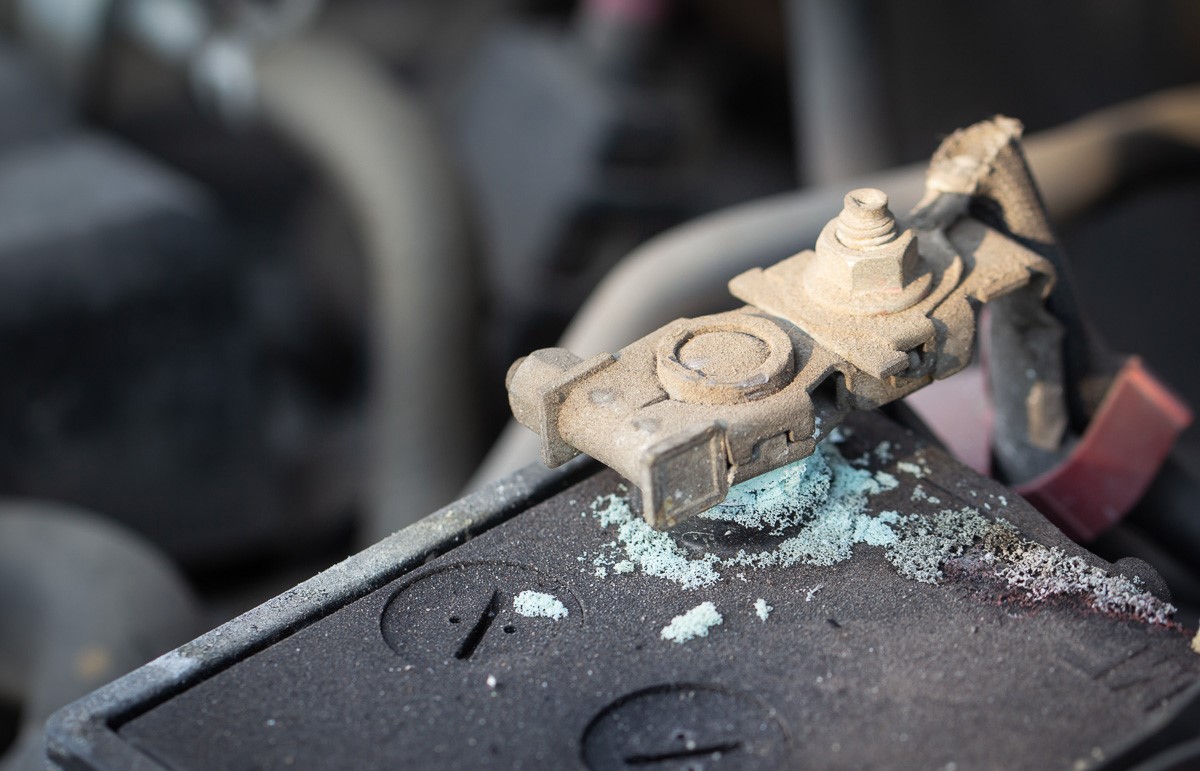Home>Home and Garden>The Shocking Reason Your Toilet Bowl Is Draining Itself!
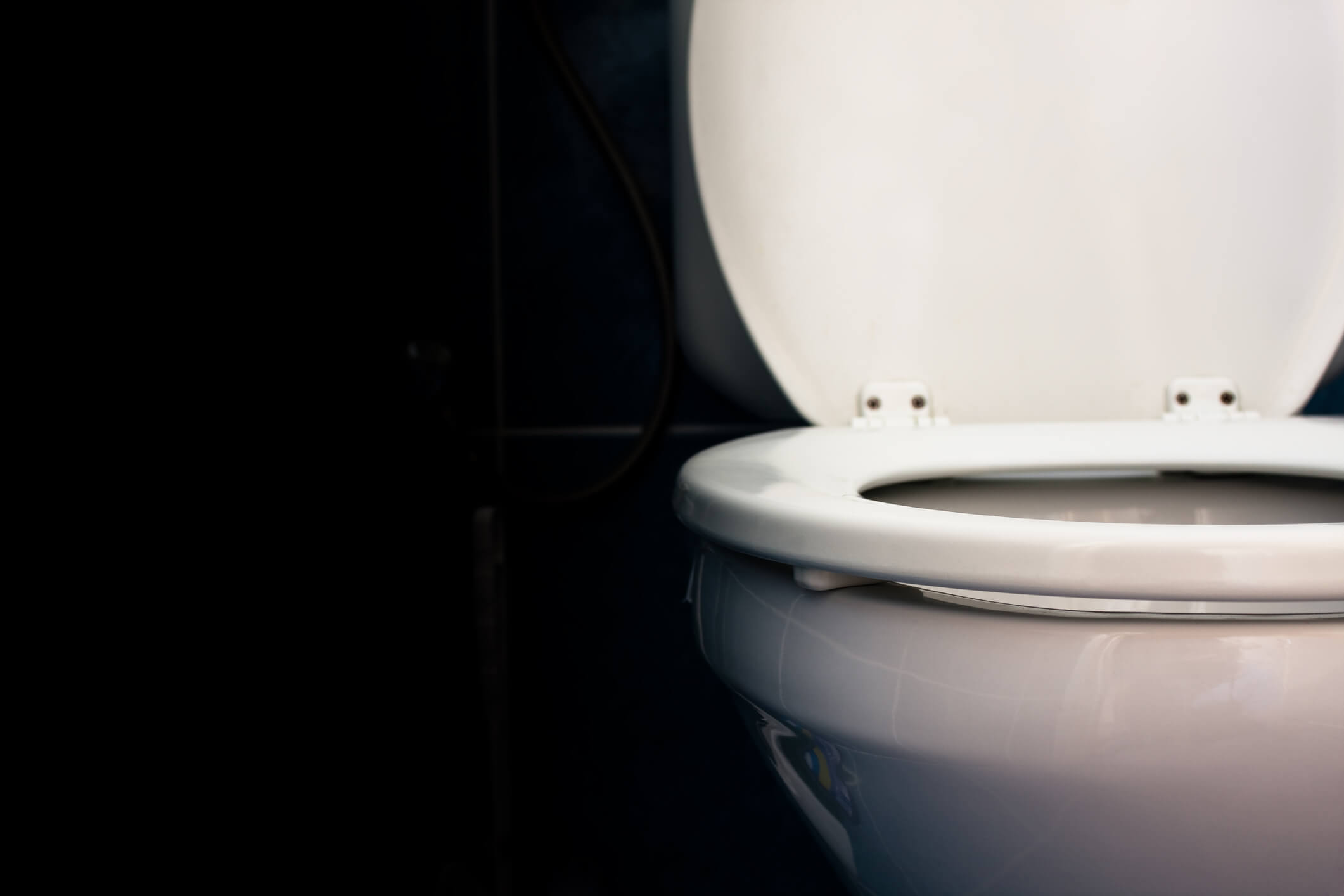

Home and Garden
The Shocking Reason Your Toilet Bowl Is Draining Itself!
Published: February 9, 2024
Discover the surprising cause of your toilet bowl mysteriously draining itself! Get expert tips and solutions for your home and garden.
(Many of the links in this article redirect to a specific reviewed product. Your purchase of these products through affiliate links helps to generate commission for Noodls.com, at no extra cost. Learn more)
Table of Contents
Introduction
Have you ever noticed your toilet bowl mysteriously draining itself? It's a perplexing and frustrating issue that many homeowners encounter. Imagine the surprise of finding the bowl empty, seemingly of its own volition. But fear not, there's a logical explanation for this phenomenon, and understanding it is the first step toward resolving the issue.
This article will delve into the surprising reason behind your toilet bowl draining itself, shedding light on a natural occurrence that often goes unnoticed. By gaining insight into this common household mystery, you'll be better equipped to address the problem effectively and prevent it from recurring. So, let's embark on a journey to unravel the enigma of self-draining toilet bowls and discover practical solutions to combat this perplexing occurrence.
Read more: How To Adjust Water Level In Toilet Bowl
Understanding the Siphon Effect
The siphon effect, also known as siphon action, is a fascinating hydraulic phenomenon that plays a pivotal role in the drainage process of toilet bowls. To comprehend this intriguing mechanism, envision a simple tube that is initially filled with water and has one end submerged in a liquid source while the other end is positioned lower than the surface of the liquid. When the air is removed from the tube and the liquid is allowed to flow, an astonishing process occurs.
The siphon effect capitalizes on the force of gravity and the principles of atmospheric pressure to create a continuous flow of liquid. As the liquid flows down the tube, it creates a vacuum, drawing more liquid from the source and perpetuating the flow. This self-sustaining action continues until the liquid level equalizes or until the end of the tube submerges above the liquid level.
In the context of a toilet bowl, the siphon effect comes into play during the flushing process. When the flush handle is activated, water rushes into the bowl, rapidly filling it to a specific level. Subsequently, the force of the water initiates the siphon effect as it flows through the trapway and into the drainpipe. This creates a suction effect, effectively pulling the waste and water from the bowl and initiating the flushing process.
However, the siphon effect can also inadvertently cause the toilet bowl to drain itself. Factors such as a partial clog in the drainpipe or an inadequate water level in the tank can disrupt the siphon action, leading to incomplete flushing and the subsequent draining of the bowl. Understanding the intricacies of the siphon effect is crucial in comprehending why self-draining toilet bowls occur and how to address this perplexing issue effectively.
By unraveling the mysteries of the siphon effect, homeowners can gain valuable insight into the inner workings of their plumbing systems. This knowledge empowers individuals to identify potential issues, such as self-draining toilet bowls, and take proactive measures to maintain the optimal functionality of their bathroom fixtures. With a deeper understanding of the siphon effect, you're better equipped to tackle the common causes of self-draining toilet bowls and implement targeted solutions to mitigate this perplexing occurrence.
Understanding the siphon effect is the key to unraveling the enigma of self-draining toilet bowls and equips homeowners with the knowledge needed to address this issue effectively.
Common Causes of Self-Draining Toilet Bowls
-
Partial Clogs in the Drainpipe: Partial obstructions in the drainpipe can impede the smooth flow of water during the flushing process, disrupting the siphon action and leading to incomplete flushing. This obstruction can result from a buildup of debris, mineral deposits, or foreign objects that inadvertently find their way into the drainpipe. As a result, the water may struggle to create the necessary suction to complete the flushing cycle, causing the toilet bowl to drain itself.
-
Inadequate Water Level in the Tank: Insufficient water in the toilet tank can hinder the flushing process, affecting the proper initiation of the siphon effect. When the tank fails to fill to the optimal level, the reduced water volume may not generate enough force to propel the water through the trapway and into the drainpipe effectively. Consequently, the siphon action is compromised, leading to an incomplete flush and subsequent draining of the bowl.
-
Faulty Flapper Valve or Flush Handle: A malfunctioning flapper valve or flush handle can disrupt the flushing mechanism, resulting in an incomplete cycle and a self-draining toilet bowl. If the flapper valve fails to seal properly after the flush, water may continuously leak from the tank into the bowl, gradually lowering the water level. Similarly, a faulty flush handle may not initiate the flushing process adequately, compromising the siphon action and leading to incomplete flushing.
-
Water Supply Issues: Irregular water supply to the toilet tank can impact the flushing performance, potentially causing the bowl to drain itself. Inadequate water pressure or intermittent supply may hinder the proper filling of the tank, affecting the force required to initiate the siphon effect. Additionally, issues with the water supply line or valve can disrupt the flushing process, contributing to the self-draining phenomenon.
-
Compromised Trapway Functionality: An obstruction or defect in the trapway, the curved channel that connects the toilet bowl to the drainpipe, can impede the smooth flow of water during flushing. Any hindrance in this critical pathway can disrupt the siphon action, leading to incomplete flushing and subsequent draining of the bowl. Debris, foreign objects, or mineral buildup within the trapway can compromise its functionality, contributing to self-draining toilet bowls.
Understanding these common causes of self-draining toilet bowls is essential for homeowners seeking to address this perplexing issue effectively. By identifying the underlying factors that contribute to this occurrence, individuals can take targeted measures to rectify the root causes and restore the optimal functionality of their toilet fixtures.
Solutions for Preventing Self-Draining Toilet Bowls
Addressing the perplexing issue of self-draining toilet bowls necessitates a proactive approach aimed at rectifying the underlying causes and optimizing the functionality of the plumbing system. By implementing targeted solutions, homeowners can effectively prevent the recurrence of this enigmatic phenomenon and maintain the optimal performance of their toilet fixtures. Here are practical measures to combat self-draining toilet bowls:
1. Clearing Drainpipe Obstructions
- Utilize a toilet auger or plumbing snake to dislodge and remove obstructions within the drainpipe, facilitating the unimpeded flow of water during flushing.
- Consider using a specialized drain-cleaning solution to dissolve mineral deposits and organic matter that may contribute to partial clogs in the drainpipe.
2. Ensuring Adequate Water Level
- Verify that the toilet tank fills to the recommended water level after each flush, adjusting the float or refill valve as needed to maintain the optimal water volume.
- Inspect the integrity of the flapper valve and flush handle, replacing any faulty components to prevent water leakage and ensure the proper initiation of the flushing cycle.
3. Addressing Water Supply Issues
- Evaluate the water supply line and valve for any signs of damage or irregularities, ensuring consistent water pressure and uninterrupted supply to the toilet tank.
- Consider installing a dedicated water pressure regulator to stabilize the water flow and mitigate potential disruptions to the flushing process.
4. Maintaining Trapway Functionality
- Periodically inspect and clean the trapway to remove any accumulations of debris, mineral deposits, or foreign objects that may impede the smooth flow of water during flushing.
- Consider professional plumbing maintenance to assess the integrity of the trapway and address any underlying issues that may compromise its functionality.
By diligently implementing these solutions, homeowners can effectively prevent self-draining toilet bowls and optimize the performance of their bathroom fixtures. A proactive approach to addressing the root causes of this phenomenon is essential for maintaining a reliable and efficient plumbing system, ensuring a hassle-free and functional toilet experience for all occupants.
Conclusion
In conclusion, the enigma of self-draining toilet bowls, while initially perplexing, can be effectively addressed through a comprehensive understanding of the underlying mechanisms and targeted solutions. The siphon effect, a fascinating hydraulic phenomenon central to the flushing process, plays a pivotal role in both the optimal operation of toilet fixtures and the occurrence of self-draining bowls. By unraveling the intricacies of the siphon effect and identifying common causes such as partial drainpipe obstructions, inadequate water levels, and trapway functionality issues, homeowners can take proactive measures to prevent this perplexing occurrence.
The proactive approach to combating self-draining toilet bowls involves implementing practical solutions, including clearing drainpipe obstructions, ensuring adequate water levels, addressing water supply issues, and maintaining trapway functionality. By adhering to these targeted measures, individuals can effectively rectify the root causes of self-draining bowls and maintain the optimal functionality of their bathroom fixtures.
Furthermore, the awareness of the siphon effect and its implications empowers homeowners to take a proactive stance in preserving the efficiency of their plumbing systems. By gaining insight into the interplay of hydraulic principles within toilet fixtures, individuals can identify potential issues, such as self-draining bowls, and take preemptive action to mitigate these occurrences.
Ultimately, the resolution of self-draining toilet bowls lies in a proactive and informed approach, underpinned by a comprehensive understanding of the siphon effect and its implications for plumbing functionality. By leveraging this knowledge and implementing targeted solutions, homeowners can ensure a reliable and efficient toilet experience, free from the enigma of self-draining bowls. With a proactive mindset and a deeper understanding of the hydraulic dynamics at play, individuals can navigate the complexities of their plumbing systems with confidence, fostering a functional and hassle-free home environment for all occupants.

